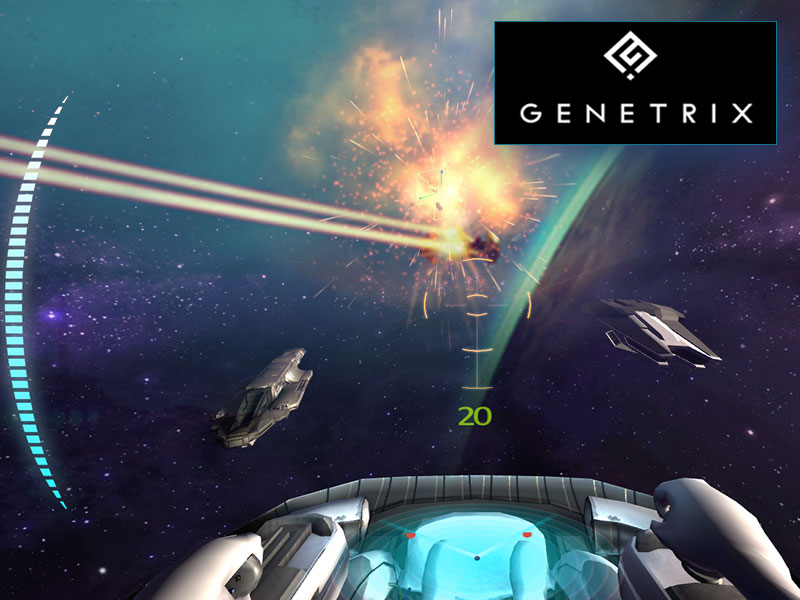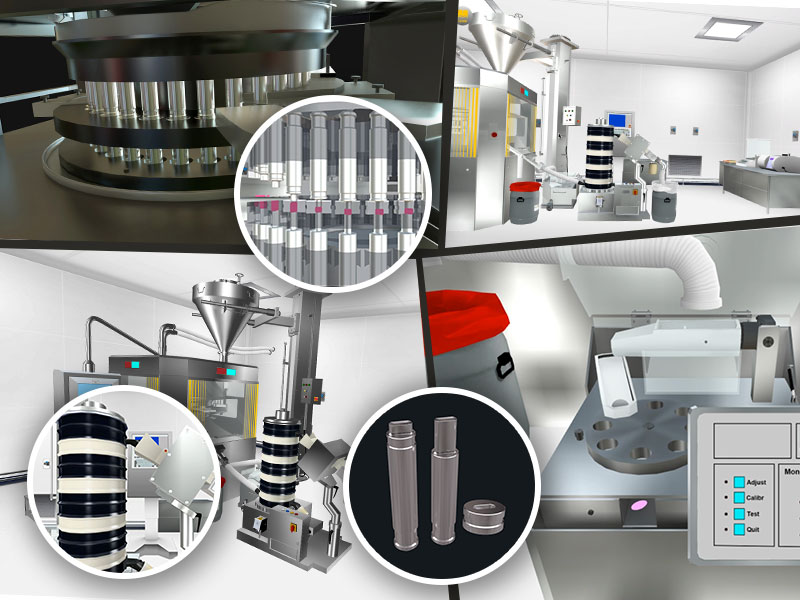The AR and VR technologies, to become the actual mainstream technologies, have a long time to go for further development as both AR & VR are still in their infancy stage. As a result, there are many challenges for AR VR solutions in terms of their technology and business perspectives. Here are some of those challenges.
Technology & Business-based challenges:-
Mobile processing capability is limited:-
Various mobile handsets have limited processing power, and tethering a user to a server or desktop is unrealistic. To overcome this, either the work will have to be offloaded to the cloud, or the mobile processing power will have to expand.
Mobile bandwidth is also limited:-
Mobile phone bandwidth is very slow to offer the necessary real-time video processing in most places. However, cloud-based processing provides a potential solution to the mobile phone processing bottleneck. In this way, there will be a change as mobile bandwidth improves.
Costly and complicated development process:-
It is complicated and costly to design an AR or VR application. So development tools are required to become more user-friendly to make these AR & VR technologies accessible to programmers.
Inconvenience in Virtual Reality hardware:-
User experience is often distracted while putting on a virtual reality headset and clearing a room. Modified gaming controllers that are a form of VR input devices are also mostly intuitive with a steep learning curve.
The business model to be built is a challenge:-
Most AR and VR applications remain in the early stages of development which is not proven viable in the business world outside of video gaming.
Privacy and Security issues:-
Have you ever wondered how video feeds are secured and where copies are stored? A backlash on the original Google Glass proved that the mainstream remains doubtful about their privacy implications and the proliferation of cameras.
User experience is limited:-
Users on their smartphones and other devices can’t get enough 360-degree videos and AR games like Pokemon Go. Most available devices are not competent enough to provide full-fledged AR/VR experiences. Consumers need more powerful and elevated electronics that can operate and enhance comprehensive Virtual & Augmented reality experiences to get the full flavor of AR/VR. Currently available devices in the market with AR/VR features have several consumption & display issues. Most of the solutions that an AR VR app development company develops are getting less traction.
Comfort & Aesthetics:-
Aesthetics are critical when it comes to digital experiences like AR VR solutions that are looked at by most customers. Currently, AR VR device aesthetics constitute a significant aspect triggering the adoption of these technologies. Most AR/VR wearables come with a lot of bulky form factors. Users do experience some laser-focus designs, despite their large and modern size. In addition, the design of these wearables doesn’t provide prolonged usage comfortably.
The number of Use cases is limited:-
Many consumers see no purpose in buying these AR/VR devices except that it appears mainly to the techies & gamers. However, real AR inherent is a significant challenge for enterprises.


 AR App Development
AR App Development
 VR App Development
VR App Development
 WebXR Development
WebXR Development







